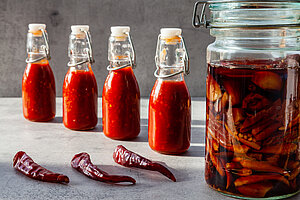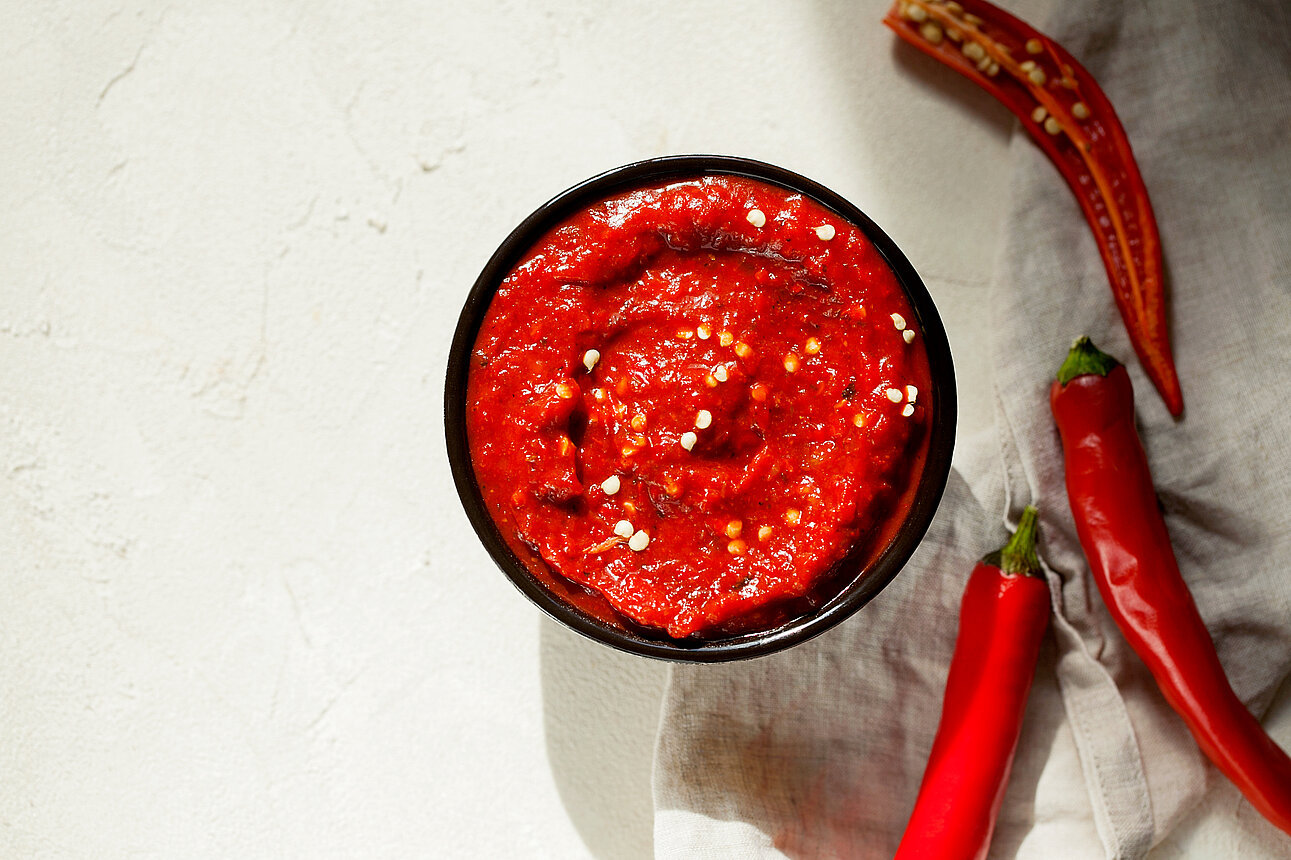 Fermentation is a cooking method that brings a tremendous flavor to all kinds of foods. Makers and consumers are finding out that fermentation creates tastes that other cooking methods just can’t replicate.
Fermentation is a cooking method that brings a tremendous flavor to all kinds of foods. Makers and consumers are finding out that fermentation creates tastes that other cooking methods just can’t replicate.
The fermented foods industry is growing at an incredible pace; in fact, from 2020 to 2021, the market for fermented hot sauces increased by 41%, and sales reached over $275 million in that time period.
What makes fermented hot sauces so delicious, and what’s behind the latest upward trend?
Behind the Trend: Fermented Hot Sauces
Fermented foods may seem like a new trend, but the truth is that fermentation has been around for ages. Drinks and foods that are recently rising in popularity, such as kimchi, hot sauce, and kombucha, are leading the fermentation trend.
Fermentation originated as a means of food preservation instead of a cooking style, but today, we know that there are many health benefits (and benefits for the taste buds) that come with it.
Hot sauce that has been fermented offers unique attributes, one of which is a near-nonexistent expiration date. However, while the health benefits are a nice bonus for consumers, too, the biggest reason for the upswing in popularity is the intricate, nuanced flavors.
Top Fermented Hot Sauce Producers
The first hot sauce to be fermented was Tabasco, way back in 1868. Today, popular hot sauce brands like Craic Sauce, Sabarac, Huy Fong Sriracha, Frank’s RedHot, Kitchen Garden Farm Sriracha, and Poor Devil Pepper Co. have entered the arena, fermenting fruits and vegetables to add to complex hot sauce recipes.
Related: Flavor Trend Highlight: Global Fermented Flavors
Top Hot Sauce Types
Turning up the Scoville scale never tasted as good as it does with fermented hot sauces in 2022. There is a decent number of different types and varieties out there, but some of the best and most popular right now include:
-
Fermented mango habanero hot sauce
-
Lacto-fermented hot sauce with nasturtium
-
Fermented hot chili sauce
-
Jalapeno hot sauce
-
Cayenne pepper hot sauce
-
Fermented Louisiana-style hot sauce
These are just a few of the most common types; there really are endless combinations and varieties of fermented hot sauces popping up all over, from grocery store shelves to pantry shelves to restaurants.
Don't forget to Subscribe to our weekly newsletter here!
Fermented Hot Sauce with Fruit
It pretty much goes without saying that hot sauces have to have some type of pepper in them, but there is another popular ingredient that is almost just as necessary, according to many fermented hot sauce enthusiasts.
That ingredient is fruit.
However, not all fruits pair well with hot peppers, and furthermore, the sugars in some fruits will accelerate spoilage if preparation and fermentation aren’t done exactly right. Fruits are used in fermented hot sauces mainly for two reasons: to control the heat of the sauce and to add some flavor.
The best fruits for any hot sauce are those that balance the heat, which are usually fruits like guava, pineapples, apricots, mangoes, pears, and peaches. However, some types of fermented hot sauces are better when fruit is added to crank up instead of turn down the heat.
Fruits that are ideal for this task are more acidic varieties like sour cherries, oranges, and apples. Kiwis will make a fermented hot sauce slightly sour, as will limes and lemons. Alternatively, you can also add dates or figs to fermented sauces to bring some richness and sweetness to them.
No matter what is included in particular fermented hot sauce recipes, one thing is for sure: People are using these sauces on everything imaginable this year, from potatoes, macaroni and cheese, and scrambled eggs to smoked salmon, broccoli, and pancakes.
To learn more about our products and insights, get in touch with our team at Symrise today, Contact us here!






